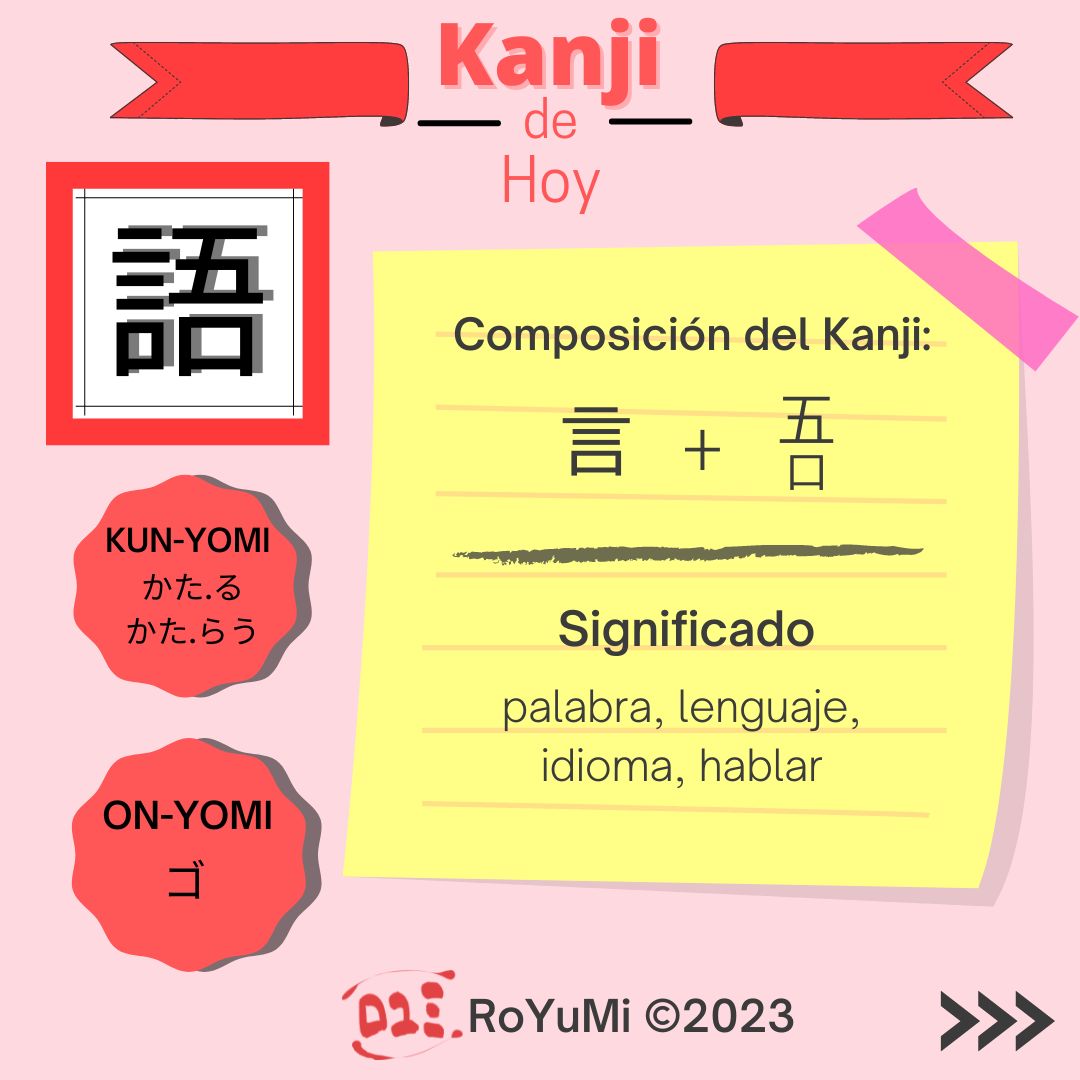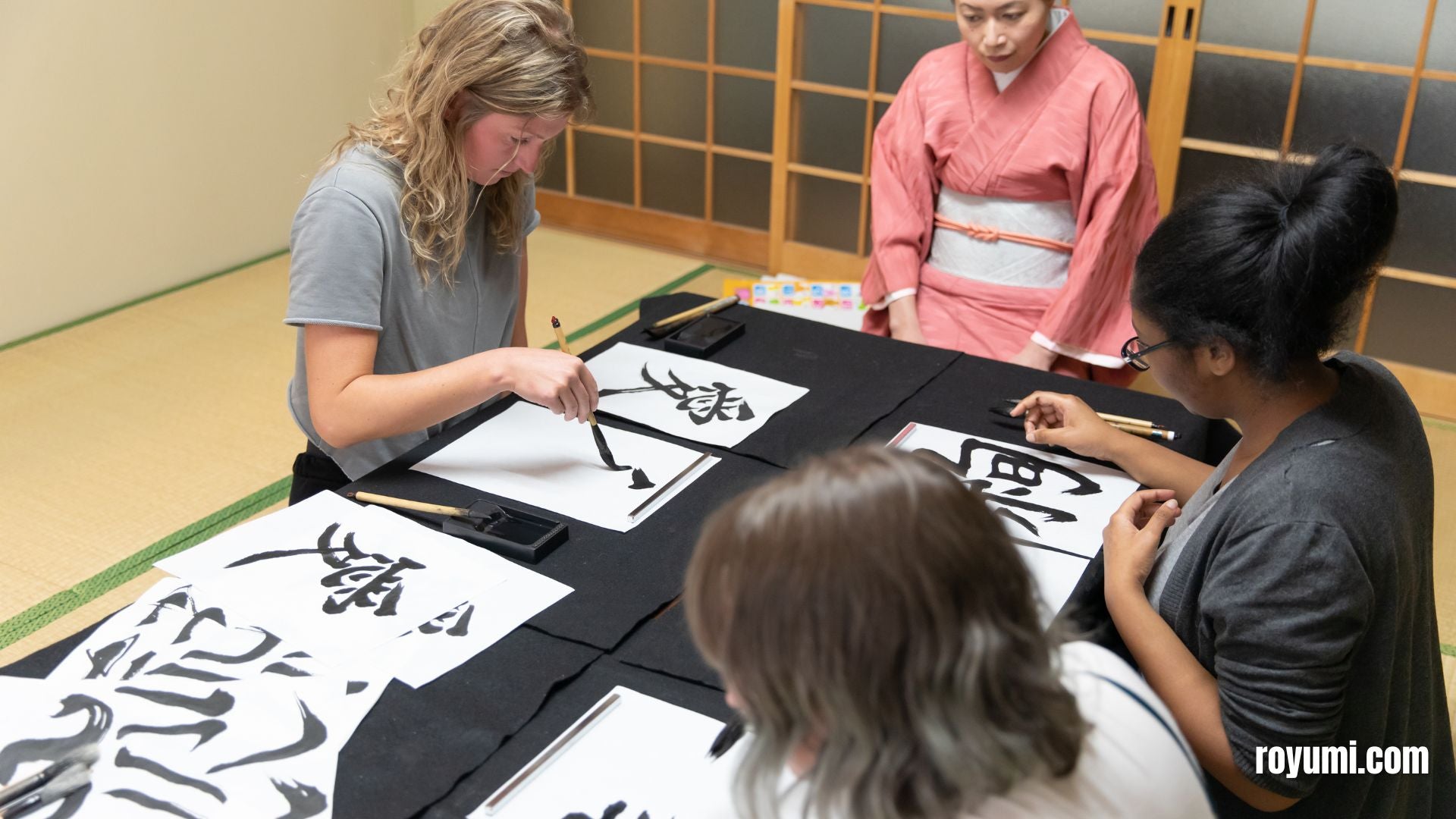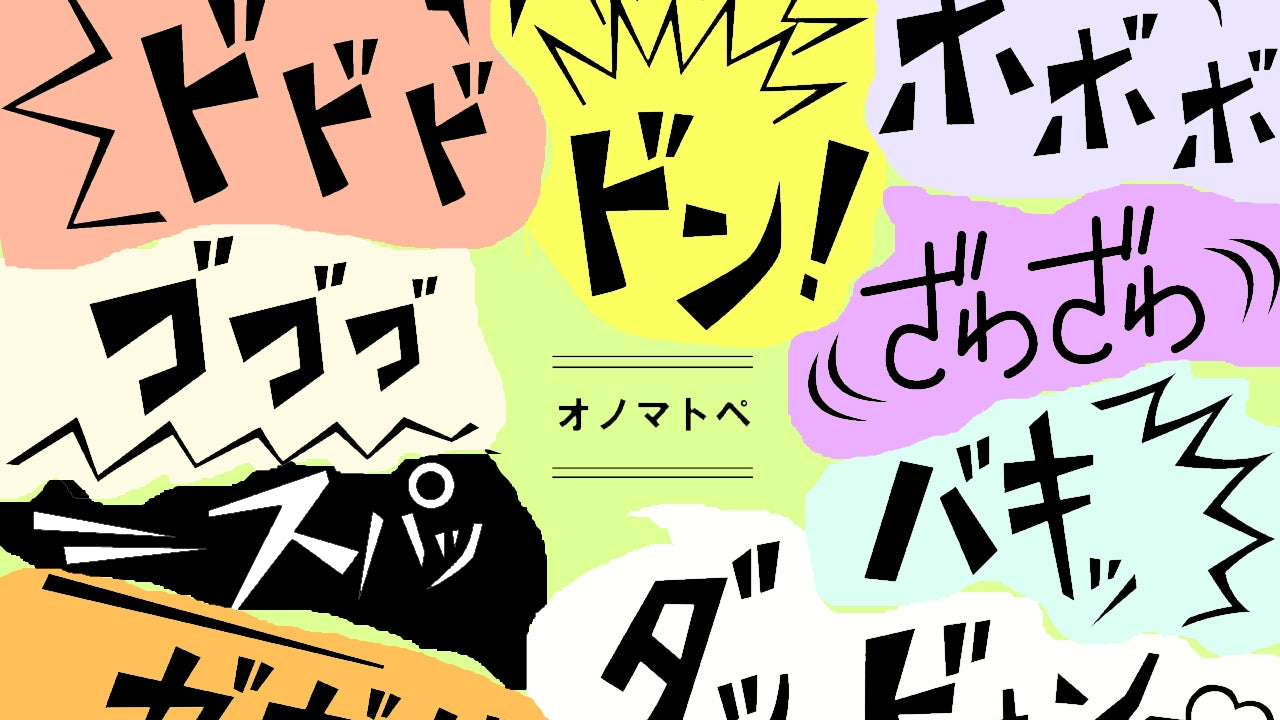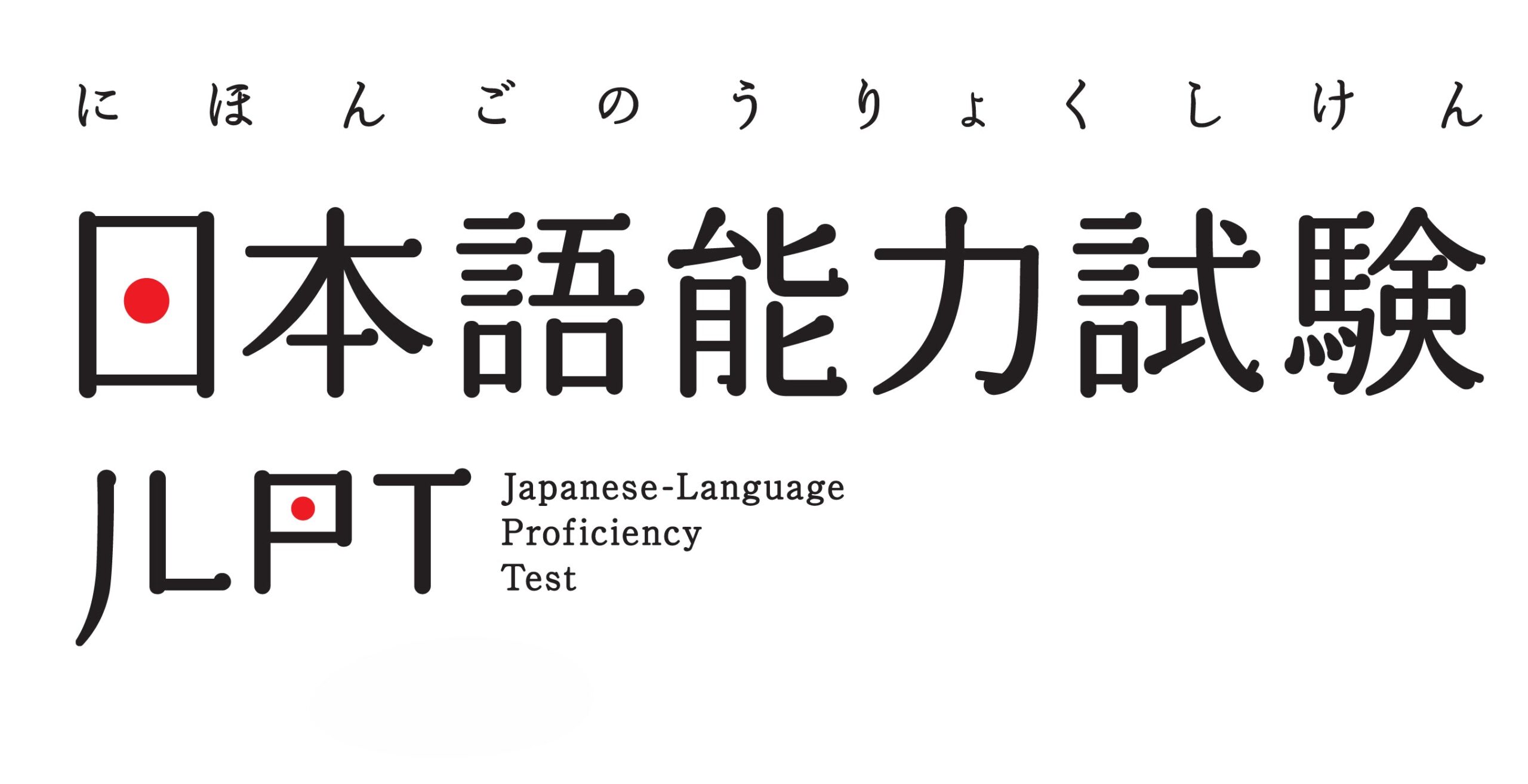Your cart is currently empty!
Category: Language
Today’s Kanji – 語 (go, kataru) Word, Language – Learn Japanese

The kanji “go” (語) is an important component in the Japanese language, as it is used to represent the concept of “word” or “language”. The kanji is made up of two parts: 言 (gen) which means “speak” or “say”, and 吾 (go) which is an ancient character used to refer to the first person singular.… Read more
How to help the Japanese master Spanish: Overcoming the most common challenges in learning

The Spanish language is a beautiful and complex language that, although it has many speakers around the world, can be difficult for the Japanese. Although Japanese and Spanish are very different in terms of grammar, vocabulary, and pronunciation, there are certain details that are often difficult for native Japanese speakers when learning this language. In… Read more
Can Google Translate compare to a professional Japanese translation?

Technology has come a long way in recent decades, leading to the creation of online translation services, such as Google Translate and other similar services. While these services are convenient and often free, they cannot compare to the quality and accuracy of a translation done by a professional. This is especially true when it comes… Read more
Why Learning Japanese With Anime And Manga Might Be A Bad Idea: The Truths You Should Know

Learning a new language is an exciting task, and many people look for fun and engaging ways to do it. A popular way to learn Japanese is through anime and manga , as they are fun and exciting ways to immerse yourself in Japanese culture. However, while it may seem like an attractive option, learning… Read more
5 Effective Methods to Learn Japanese Kanji

Are you interested in learning Japanese kanji but don’t know where to start? Don’t worry! Here are some of the best methods for learning kanji. Start by learning the basic structure. Kanji are made up of a combination of radicals. Understanding the structure of these radicals can make learning new kanji easier. There are many… Read more
Japanese Onomatopoeia: How To Add Color To Your Japanese Vocabulary

Japanese onomatopoeia, also known as “giongo” and “gitaigo”, are words that imitate or describe the sounds of objects, actions, emotions, and situations in everyday life. These words are very common in the Japanese language and are used in everyday conversation, in the media, and in literature. In Spanish they would be words like ¡din don!… Read more
Master the Informal Language in Japan: The Most Common Casual Expressions You Should Know

All languages have common phrases and ways of speaking that ensure successful communication of ideas to some extent. This time, we will talk about the most common casual expressions in Japan. First of all, one of the most used expressions in the country is “おはよう” (ohayou), which means “good morning.” This expression is very common… Read more
Important Japanese gestures and how to do them correctly

Although language is an important form of communication between cultures, there is a lot of information between the lines. In every culture, there are subtleties to pay attention to in order to comply with social customs and rules of courtesy . Here’s a breakdown of important gestures in Japanese culture, from the proper way to sit on a mat… Read more
Why some country names are written in kanji and not in katakana?

If you’re studying Japanese, you’ve probably come across that sometimes country names are written in kanji and not in katakana. When writing in katakana, the “Gairaigo” (外来語) or “borrowed words” that come from a foreign language are being applied. However, there are also “Ateji” (当て字) which are words written with kanji where the meaning of… Read more
How to study for the JLPT? Recommendations for N1!

If you find yourself preparing to take the JLPT soon, this article on study tips from a person who has passed the JLPT N1 may be of great help to you! The American Jonathan Parecki took his JLPT exam in December 2020 to pass it with the highest score! For him, one of his biggest… Read more
